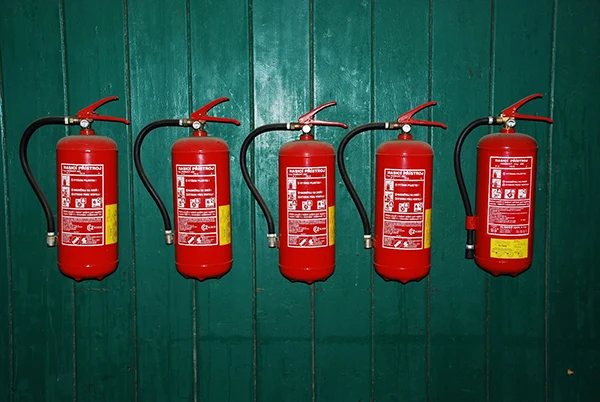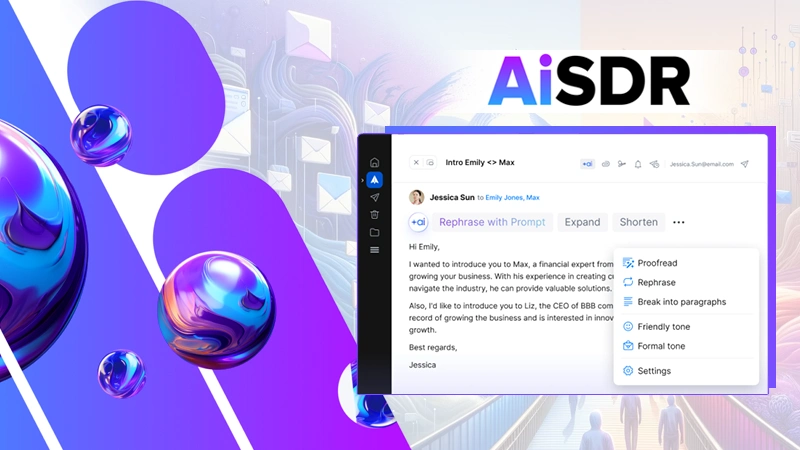Beyond the Foam: Exploring Eco-Friendly Fire Suppression Technologies
In places where highly flammable elements are directly into function, it is a rule to have a proper fire suppression infrastructure. However, the foam, which plays a major role in putting off the fire, is unfortunately not best for the environment.

The AFFF foam which is commonly used by firefighters, contains per- and polyfluoroalkyl substances (PFAS). This chemical compound is highly toxic for both living beings and the environment. This can result in several cancerous diseases in humans, which is why many manufacturers have to face AFFF foam cancer lawsuits.
However, the case is much different now as there are multiple alternatives to look out for better and environmentally friendly fire extinguishing technologies. If you are curious to learn more about them, follow the article till the end.
What Are Different Classes of Fire?
Before learning about eco-friendly fire suppression, it is necessary to learn about the basics so that you can get a better grasp on the fundamentals. The fire is divided into 6 broad classes:
- Class A: Fire from combustible materials
- Class B: Fire from combustible liquids
- Class C: Fire from combustible gases
- Class D: Fire from burning metals
- Class E: Electric Fires
- Class F: Fire from cooking oil and fats
Fire extinguishers are designed to be used for specific classes of fire, depending on the type of material that is burning.
What Qualities Should an Eco-Friendly Fire Extinguisher Have?
An eco-friendly fire suppression tech is tested on the PFAS transport at discharge sites. Though, if you want to know what are some qualities of eco-friendly fire-extinguisher, here are some:
- Fire Extinguishing Agent: As mentioned earlier, in conventional fire extinguishers, AFFF foam consists of a toxic and harmful chemical compound called PFAS. As clean alternatives to this chemical, manufacturers are using nitrogen, argon, or a fluorinated hydrocarbon (HFC) like HFC-236fa, water mists, or potassium-based dry chemicals.
- Manufacturing Process: When this equipment is in the manufacturing stage, factories majorly leave a significant amount of waste in the environment. Therefore, modern manufacturers are focusing more on the greener alternatives of manufacturing and following environmentally friendly practices such as recycling.
- Versatility: Eco-friendly fire extinguishers are more versatile, offering their effectiveness in a range of fire classes. For example, a water mist extinguisher can handle both Class A and Class B fires.
What are Some Eco-Friendly Fire Suppression Technologies?

Finally, we can get down to brass tacks and discuss nature-friendly alternatives of toxic AFFF foam fire extinguishers:
- Water-Mist Extinguishers: As the name suggests, water mist extinguishers incorporate deionized water to fight fire. Being non-toxic and environmentally friendly in nature, this technology is one of the best if you are looking for a green alternative to overcome any kind of fire. These extinguishers are highly effective for class A, B, F, and electrical fires.
- Inert Gas Fire Extinguishers: This type of technology is one of the most advanced principles that is used in the industry. Inert gas fire extinguishers use a combination of argon and nitrogen to protect the damage from fire. The moment when the gases are released, they minimize or almost block the flow of oxygen. As a result, the fire combustion is no longer supported. Inert gas extinguishers are highly helpful in classes A, B, and C.
- Condensed Aerosol Fire Suppression: According to Wikipedia, “Condensed aerosol fire suppression is a particle-based method of fire extinction. It is similar to, but not identical to, dry chemical fire extinction methods”. In other words, it is a novel tech that uses a solid aerosol-forming compound to generate an aerosol fire-extinguishing agent. This system is most effective for class A, B, C, E, and F fires.
DID YOU KNOW?
According to Custom Market Insights, the US market for firefighting foam is forecasted to experience a compound annual growth rate (CAGR) of 1.7% between 2023 and 2032. It is estimated that in 2022, the market will be valued at $1.2 billion, with projections indicating a rise to $1.4 billion by 2032.
Harmful Effects of Fire Extinguishing Foam
Many of you might take this issue lightly, but AFFF foam in fire extinguishers can cause you severe health issues. Although there is no report displaying the direct effect of AFFF effect, long-term exposure to the per- and polyfluoroalkyl substances (PFAS) can still cause health complications.
Different types of cancer linked with AFFF exposure are:
- Kidney cancer
- Liver cancer
- Bladder cancer
- Prostate cancer
- Mesothelioma
- Testicular cancer
- Colorectal cancer
- Breast cancer
- Pancreatic cancer, etc.
Whereas, other health issues include:
- Skin and eye issues
- Reproductive and fertility issues
- Immune system deficiencies
- Developmental issues
TL;DR
The typical AFFF foam used in fire extinguishers contains harmful chemicals like per- and polyfluoroalkyl. These elements are toxic for both you and the environment you live in. This is why modern eco-friendly tech such as Water-Mist Extinguishers, Inert Gas Fire Extinguishers, and Condensed aerosol fire suppression are used to resist any harmful effect that can cause serious issues like various types of cancer.








